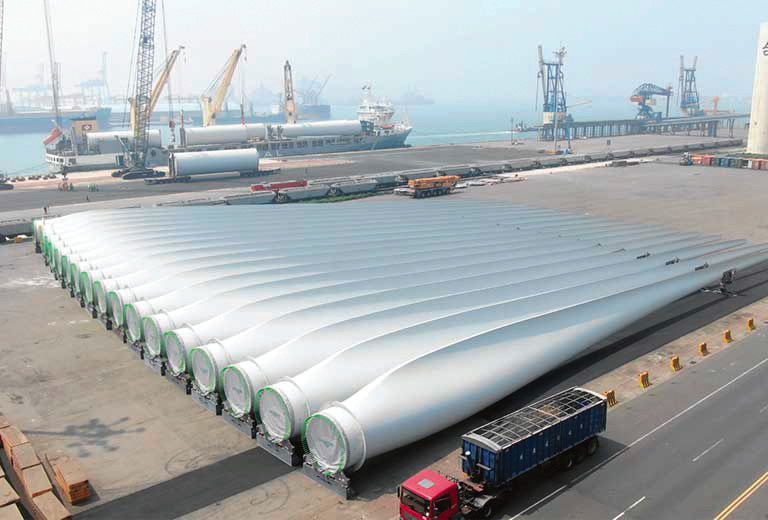Taiwan Construction
East Asian Offshore Wind
East Asian Offshore Wind
Other East Asian nations are pressing ahead as well. According to the research and consulting firm Wood McKenzie, South Korea should install 6.4GW of offshore wind power by 2030. Japan recently passed a law that should spur offshore wind development there as well, although it must overcome some geological and water depth impediments first.
The Taiwan government announced rate subsidies and incentives for offshore power in 2017, with further clarifications earlier this year. These rates incentives spurred a flurry of interest and development. Taiwan has proposals on the table for projects totaling 10.5GW, according to Offshore Magazine.
Taiwan is attempting to play catch up with neighbors. It’s also benefitting from advances in wind power technology. Bigger, more powerful turbines translate into more power generated from fewer installations. That means construction costs come down as well, although challenges can mount.
The Taiwan example also shows the opportunities available for construction and logistics support, as the country attempts to rapidly jumpstart and develop a supply chain. The ports of Kaohsiung and Taichung will also need improvements to receive and stage the wind farm components.
With construction, logistics support and maintenance, the country needs to take a measured approach to what it does itself and what it relies on others to do, Mross believes. Taiwan will depend on foreign companies and talent at first, eventually transitioning to domestic suppliers. Meanwhile, domestic companies will gain expertise and knowledge as they invest in the industry and partner with outside companies.
“Our role is to set up such knowhow transfer by bringing in experienced companies from Europe to Taiwan, [and pairing them] with Taiwanese companies, whether it be a joint venture or a loose cooperation,” Mross said.

“That has important implications because it takes time to build up a local proper supply chain, which goes from smaller products, smaller services up to the larger, fully contracted services,” said Mross. “Taiwan has made a quite good approach to that, allowing time to reach a critical mass for their local supply industry.”
This transitional period should assist Taiwan’s efforts to not only develop an indigenous supply chain, but to get up to speed on wind farm operation and maintenance. That’s critical, Mross believes, because foreign companies won’t be in Taiwan forever and local companies must eventually take responsibility. As he pointed out, a utility can’t afford to wait months until a foreign crew arrives to repair an out-of-commission turbine.
This transference process will take several years, and progress from the simpler tasks to the more complex. Local crew transfer vessels, according to Mross, can become proficient in a few months’ time.

Follow us on social media: